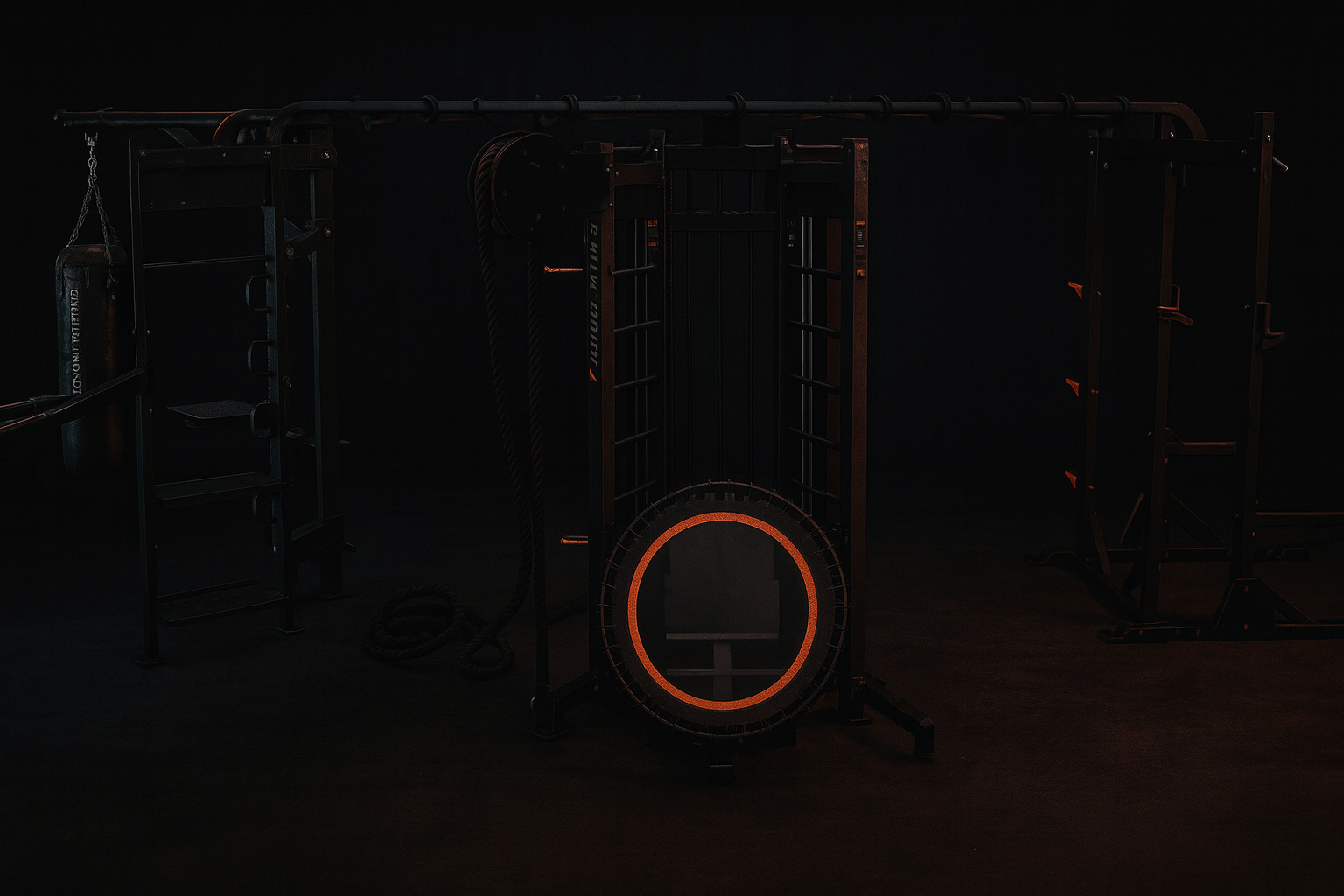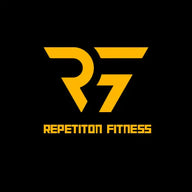Is SHAPE-X Four Station the Future of Functional Training? Experts Weigh In

Is SHAPE-X Four Station the Future of Functional Training? Experts Weigh In
What Is the SHAPE-X Four Station System?
The SHAPE-X Four Station is a modular, multifunctional training platform designed to support four users simultaneously.
Unlike single-use machines, it combines cable resistance, suspension training, plyometric elements, and bodyweight stations in one compact footprint.
This system is tailored for high-intensity interval training (HIIT), circuit workouts, and personal training.
It’s aimed at both boutique fitness studios and larger commercial gyms.
The design focuses on versatility. Athletes can switch quickly between exercises like rows, squats, and jumps without needing to change equipment.
The build is durable, made for high-volume usage.
Its minimal footprint also makes it ideal for space-conscious gyms.
Installation is straightforward, and many components are modular, allowing for customization.
Fitness facilities can adapt it to suit different training styles or client needs.
The SHAPE-X Four Station is built with user flow and session efficiency in mind.
It’s not just another machine—it’s an entire training ecosystem.
Key Features of the SHAPE-X Four Station
-
Supports up to 4 users simultaneously
-
Integrated cable pulley systems
-
TRX-compatible suspension zones
-
Plyo box and step-up modules
-
Compact, space-saving design
-
Customizable add-ons and modules
-
Built-in storage for accessories

How Does It Redefine Functional Training?
Functional training aims to enhance real-world movement patterns.
Instead of isolating muscles, it targets groups working together, as they would during daily tasks or sports.
SHAPE-X is built around this concept.
By combining movement-based tools into one system, it allows for seamless transitions between compound movements.
Users can go from kettlebell swings to cable chops to box jumps—all within a few feet.
This encourages multi-planar training and time efficiency.
Unlike traditional machines, which fix your range of motion, SHAPE-X promotes natural movement patterns.
It also encourages creativity in programming. Trainers can easily create progressive workouts that target strength, mobility, and endurance in one session.
Because of its group training capacity, SHAPE-X also enables social motivation and coaching efficiency.
It transforms functional training from a scattered setup of tools into a structured, scalable platform.
This improves training flow and makes workouts more engaging.
Functional Movement Training Explained
Functional training emphasizes:
-
Core engagement
-
Balance and coordination
-
Movement across all planes (sagittal, frontal, transverse)
-
Strength applicable to everyday motion
SHAPE-X supports all these goals in a single unit.
Expert Opinions on SHAPE-X's Effectiveness
Industry professionals are calling SHAPE-X a game-changer.
Trainers value the versatility, saying it removes the logistical headache of transitioning between tools.
Physical therapists praise its role in rehab-focused strength training, noting the control and adjustability of resistance.
Coaches highlight how it supports both high-performance athletes and general population clients.
Its modularity also makes it future-proof. As training science evolves, the platform can adapt.
A survey of gym owners using SHAPE-X reported improved member satisfaction and better use of space.
This isn't just hype—it’s grounded in observable outcomes.
Retention rates improved in facilities that implemented it, especially in small-group training programs.
It’s also reducing trainer fatigue by simplifying session setup.
The consensus: SHAPE-X delivers performance, efficiency, and user experience in one system.
Pros and Cons Based on User Feedback
Pros:
-
Time-saving
-
Compact footprint
-
Engaging for groups
-
Multi-functional design
-
Easy to maintain
Cons:
-
High upfront cost
-
Requires some trainer education
-
May overwhelm new users initially
Comparing SHAPE-X to Traditional Gym Equipment
Traditional machines isolate specific muscles and require users to move between stations.
This can lead to inefficient sessions and lower caloric burn.
SHAPE-X eliminates this by integrating everything in one zone.
Whereas older setups require dozens of machines, SHAPE-X can replace multiple stations.
This boosts member throughput in peak hours.
Free weight areas often become cluttered and chaotic. SHAPE-X brings structure without sacrificing variety.
Cable machines are limited by height and footprint; SHAPE-X is adjustable and compact.
While treadmills and ellipticals offer cardio, they don’t support total-body strength or power training. SHAPE-X does.
It's not meant to replace all gym gear but to serve as a core functional area.
It bridges the gap between personal training and self-guided workouts.
It’s a full-body solution in one modular zone.
Cost vs. ROI for Gym Owners
Initial investment ranges from $8,000 to $15,000 depending on customization.
However, gym owners report:
-
Reduced need for other machines
-
Higher member satisfaction
-
Increased use of personal and small group training services
Break-even is typically under 12 months when paired with a premium training program.
Is SHAPE-X Worth the Investment for Gyms?
For many, yes.
Its appeal to both trainers and members makes it a high-ROI asset.
The space efficiency alone justifies the cost in urban gyms.
It also opens new revenue streams: small-group sessions, corporate training, and functional boot camps.
It enhances the member experience, making workouts more dynamic and engaging.
And unlike many fitness fads, SHAPE-X is built around core exercise science principles.
That gives it staying power.
Owners who adopt early gain a competitive edge—especially as member expectations shift toward more functional, full-body training experiences.
The SHAPE-X isn’t just a machine. It’s a strategic upgrade.
Final Thoughts: Where SHAPE-X Fits in the Future of Fitness
Functional training continues to rise in popularity.
SHAPE-X answers that demand with innovation, efficiency, and adaptability.
Whether it becomes the industry standard depends on adoption rates and continued innovation.
But as of 2025, it’s clearly positioned at the forefront.
Gyms seeking to modernize and stay competitive should consider it seriously.
It combines training science, space-conscious design, and member appeal in one system.
For forward-thinking fitness facilities, SHAPE-X may very well represent the next evolution in gym infrastructure.



